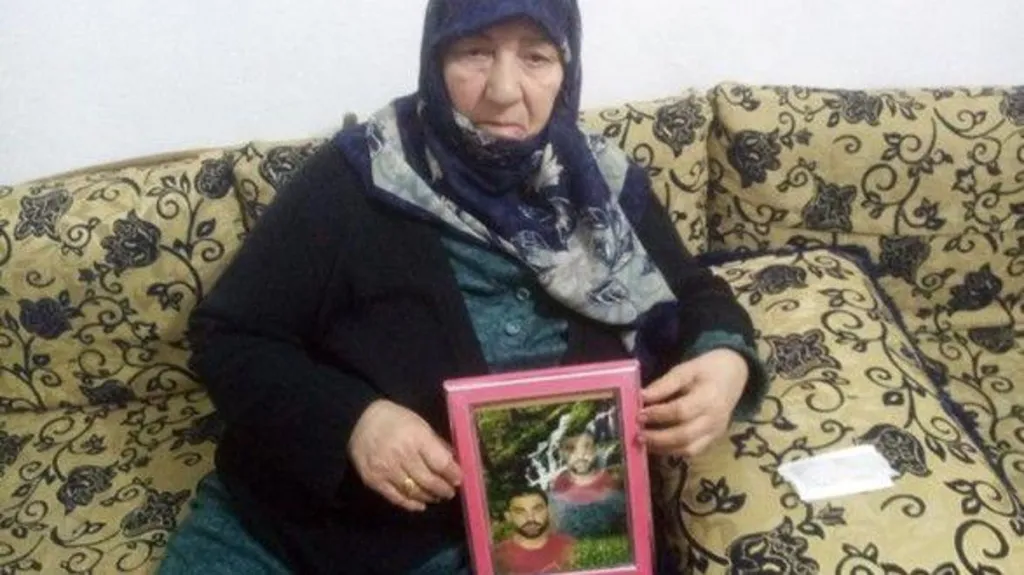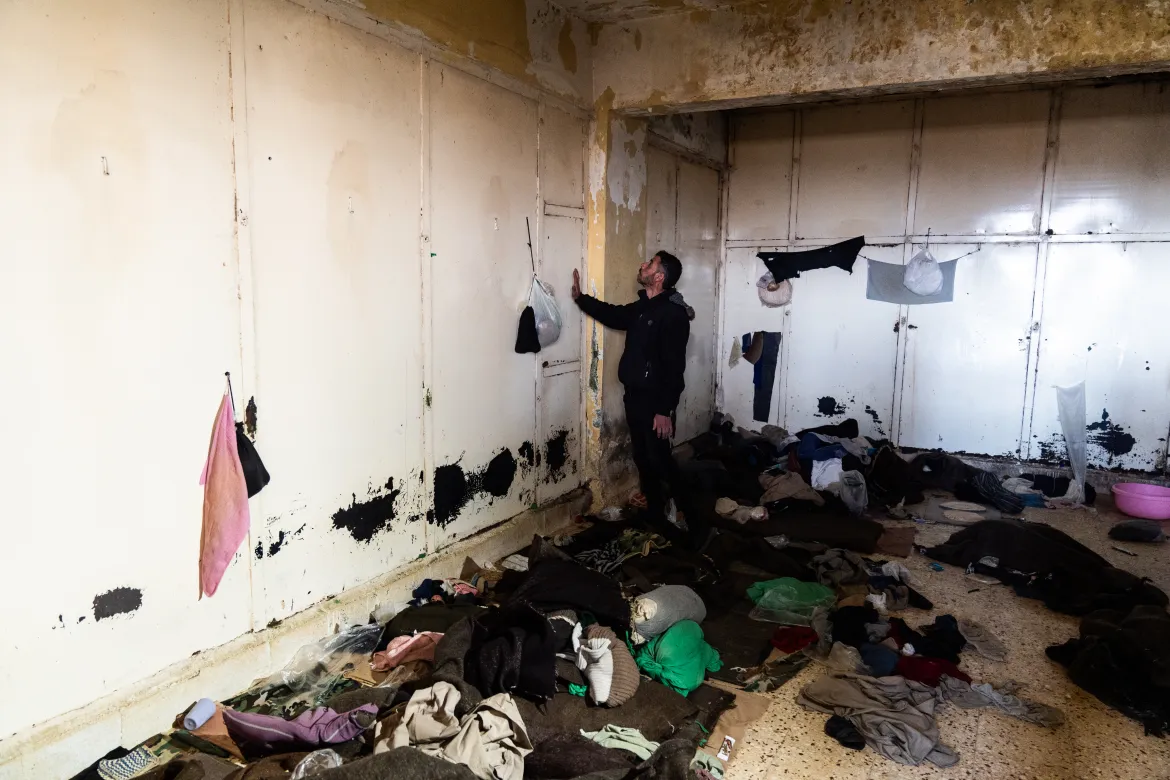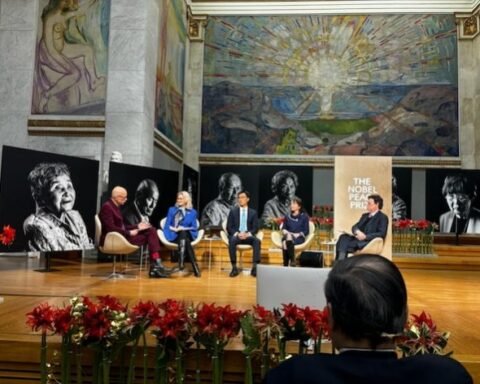n the wake of Bashar al-Assad’s regime collapsing in Syria, hundreds of people have gathered at the notorious Saydnaya prison, a symbol of the oppressive rule that marked his government. For decades, the prison has held tens of thousands of Syrians—many of them political prisoners—who were detained for opposing the regime. As the dust settles on the regime’s fall, families desperate to find their loved ones have flooded the prison site, hoping for answers.
Among them was Dr. Sharvan Ibesh, the chief executive of the humanitarian group Bahar. He had arrived at Saydnaya at midnight to help a friend search for her father, who she believed had been imprisoned there for 13 long years. What they found, however, was not the reunion they had dreamed of, but scenes of chaos and frustration.
“It was very disappointing. We did not find him, and we got no information,” Dr. Ibesh recounted. His friend had spent over a decade hoping to reunite with her father, only to be told that many prisoners had been moved to undisclosed locations. “Hundreds of people were coming out of the prison, and we were told we could not go in because so many were crowding the entrance, making it difficult for rescuers to reach the inmates.”
The search for prisoners continues, with aid organizations like the White Helmets scouring Saydnaya after reports from former detainees about secret underground cells within the prison. But so far, no such cells have been found. A mosque located 20 kilometers from the prison has become a temporary gathering point for recently released prisoners and their families. Dr. Ibesh visited the mosque on Sunday and witnessed a scene that deeply disturbed him.
He described a group of people surrounding two men who had just been freed from Saydnaya. “They had been held in the prison for several years, and they were completely disoriented,” Dr. Ibesh said. “They couldn’t even answer simple questions like ‘What’s your name?’ or ‘How old are you?’ It was as if they had lost all sense of time and place.”
The men appeared to be in their thirties or forties, but their faces were so blank, it was impossible to determine their age. They were lost in the confusion, staring ahead with no recognition of their surroundings. Their mental state, Dr. Ibesh noted, was a stark reminder of the harsh, dehumanizing conditions that prevailed inside Saydnaya.
While some families have found their loved ones, the search continues for many others. Among the missing is Thaer, a man from Idlib who was arrested in 2011 at the age of 25. His mother, Fayzah Nadaf, has spent more than a decade searching for him, to no avail. Fayzah’s hopes were renewed when a former doctor from Saydnaya, who had recently left the prison, told her that Thaer was still alive, believed to be held in one of the underground cells.

Fayzah’s heart remains full of hope. “I am looking forward to seeing my son again,” she said, her voice trembling. “He has been missing for 12 years, and all the time I prayed that he could see his children again.”
Thaer’s 11-year-old son, Mustafa, never had the chance to know his father. “I hope he comes back. I miss him so much,” Mustafa told the BBC. “I have never heard his voice.”
Saydnaya prison, often described as a “death camp” by human rights groups, has long been a place where torture, abuse, and death were common. Throughout the civil war, which began in 2011, Syrian government forces detained and tortured hundreds of thousands of people in prisons like Saydnaya. Many of those who were imprisoned there never returned, and for the families who remain, the search for answers continues. The fate of their loved ones remains shrouded in uncertainty, but the pain of waiting is a constant reality for the many families still searching for closure.







